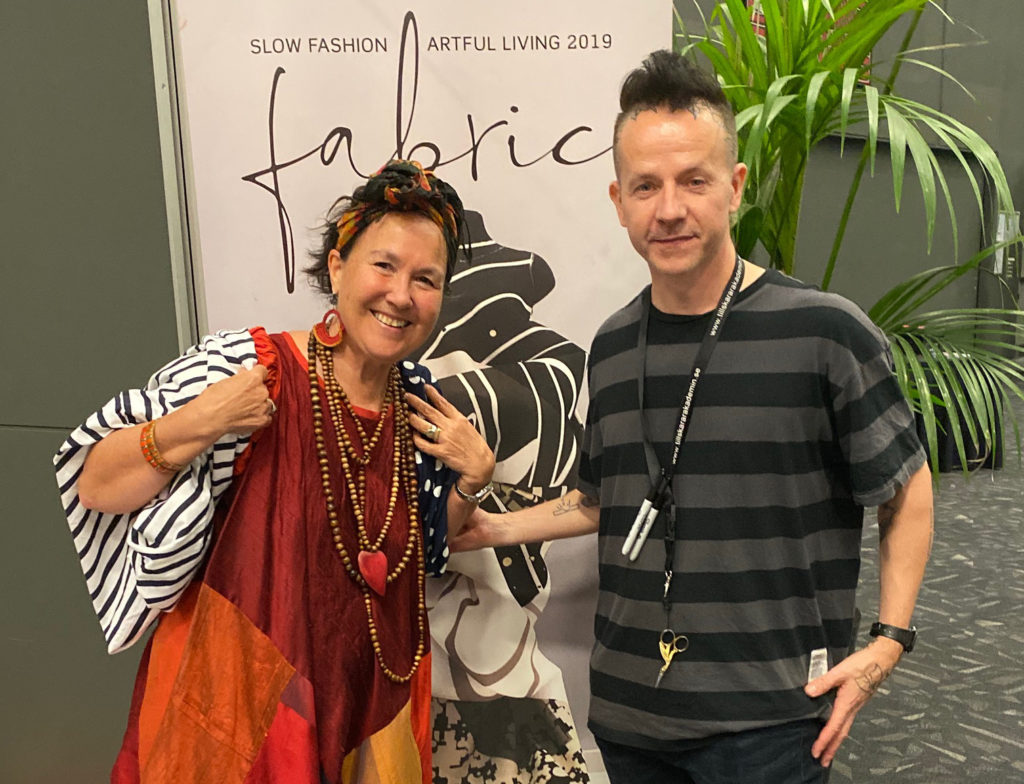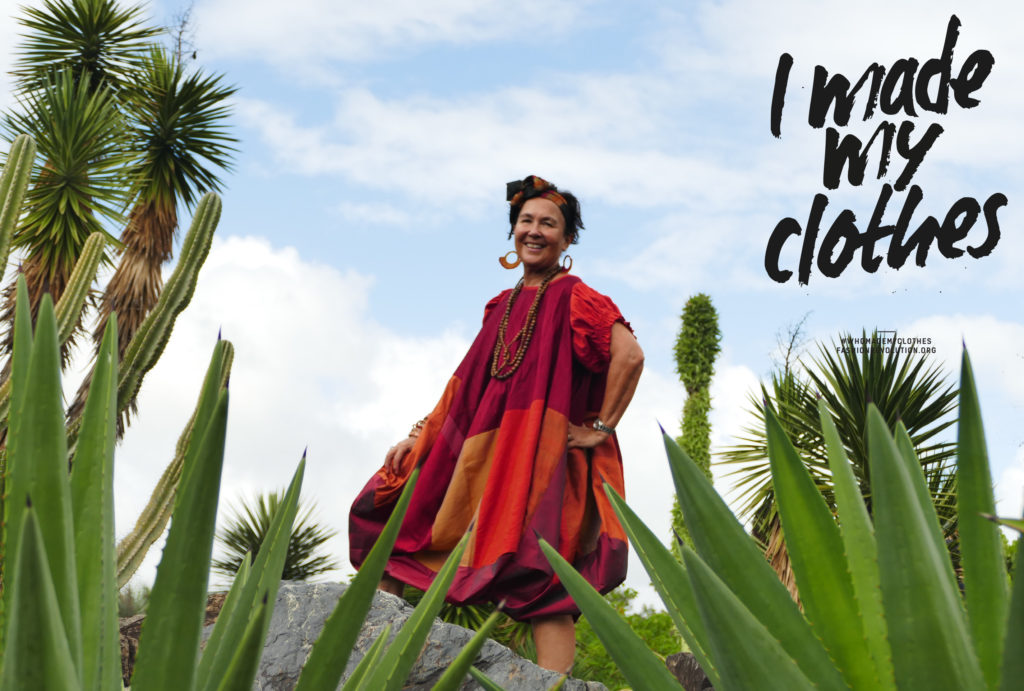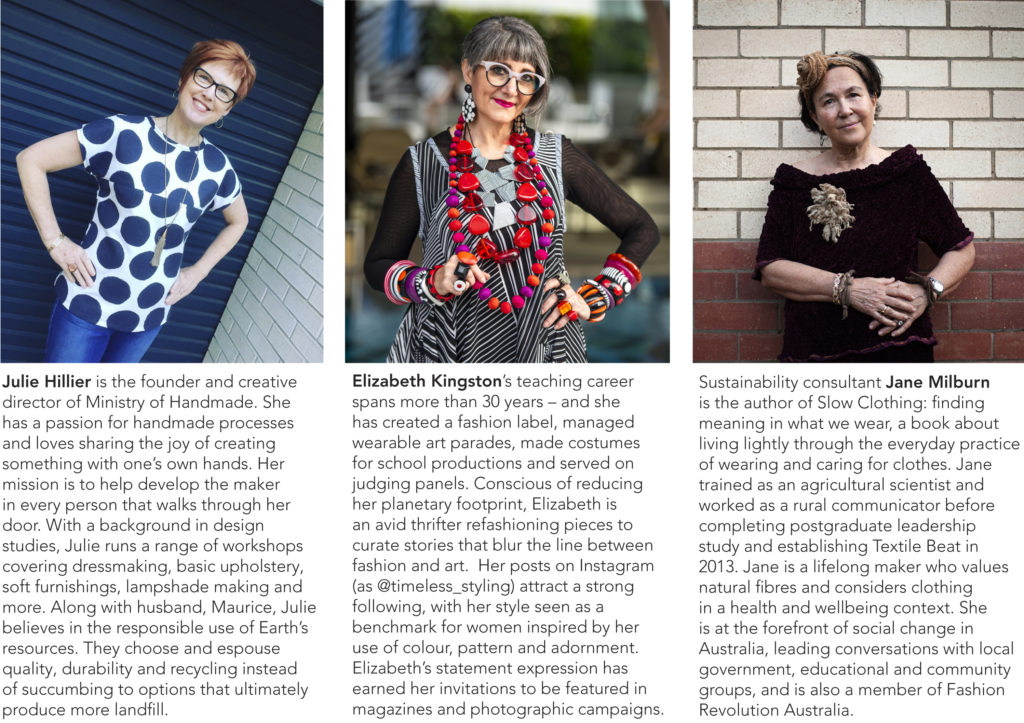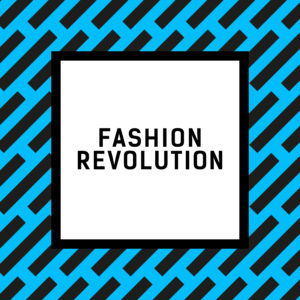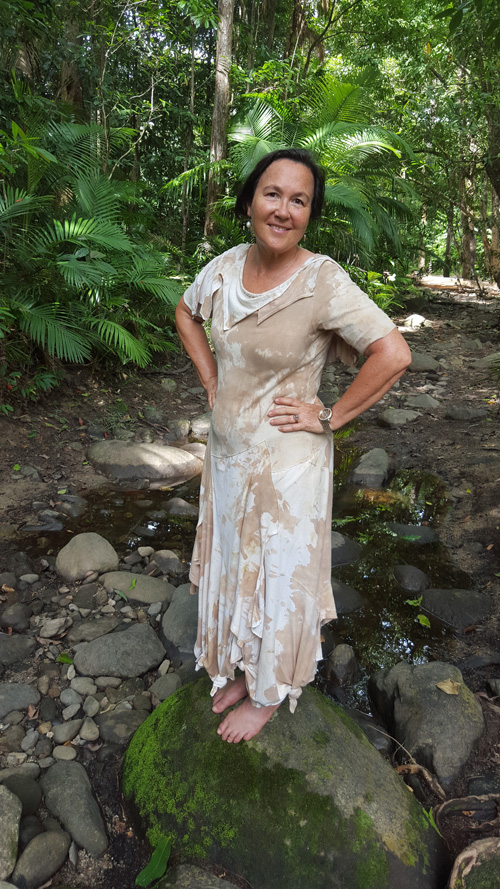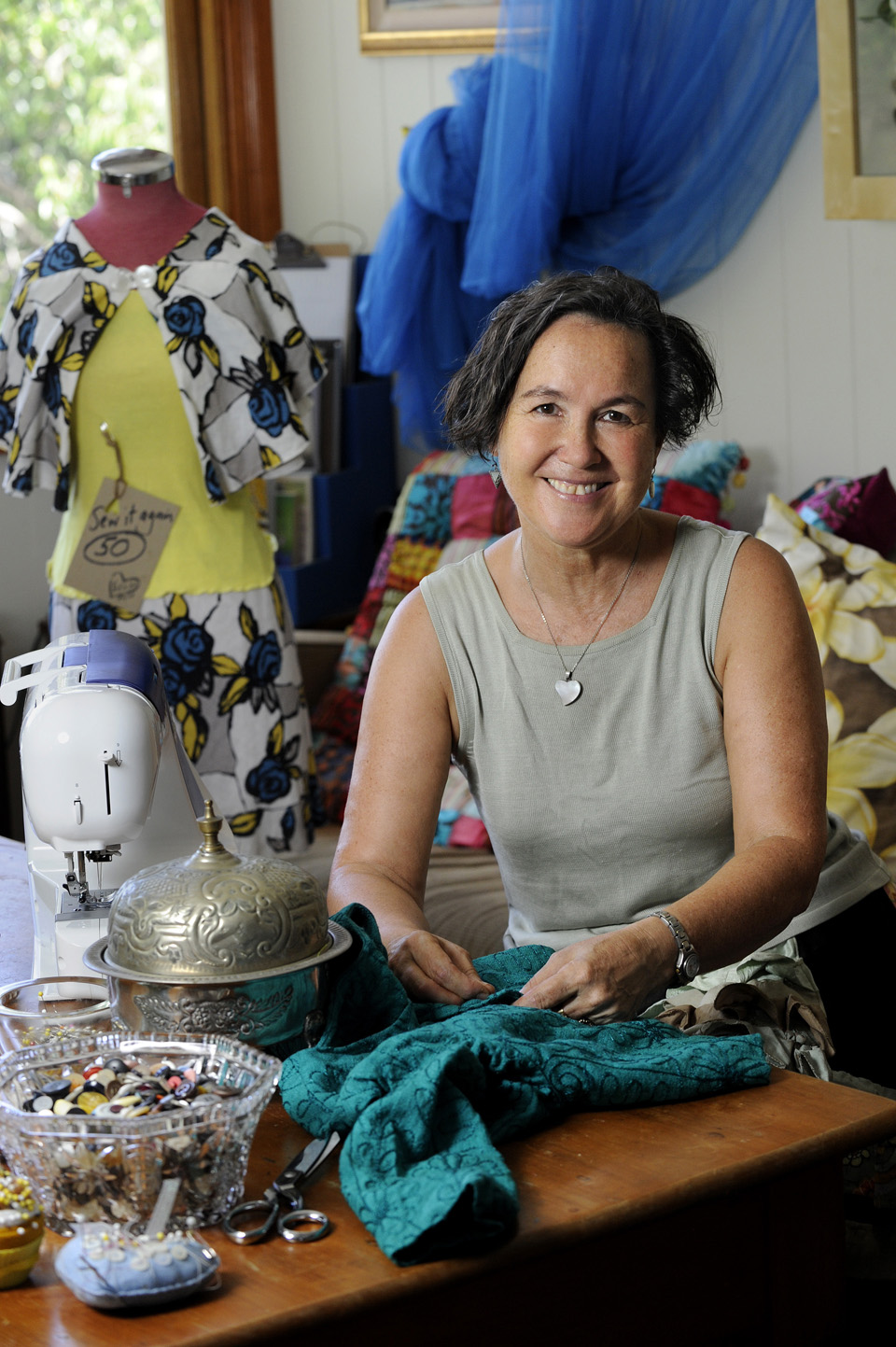Erin Gafill grew up at remote Big Sur California and had a creative childhood that connected to imagination and materials which has carried her through life. It is worth noting upfront that her uncle is colourful knit legend Kaffe Fassett. I chatted with Erin online from Monterey California as part of my Churchill Fellowship investigating ways that being hands-on with clothes can help reduce textile waste and enhance wellbeing.
“As a child, everything we played with was made from cast offs, that is what our community did. There was the economic aspect and the connection to imagination and materials – that is why we did it.
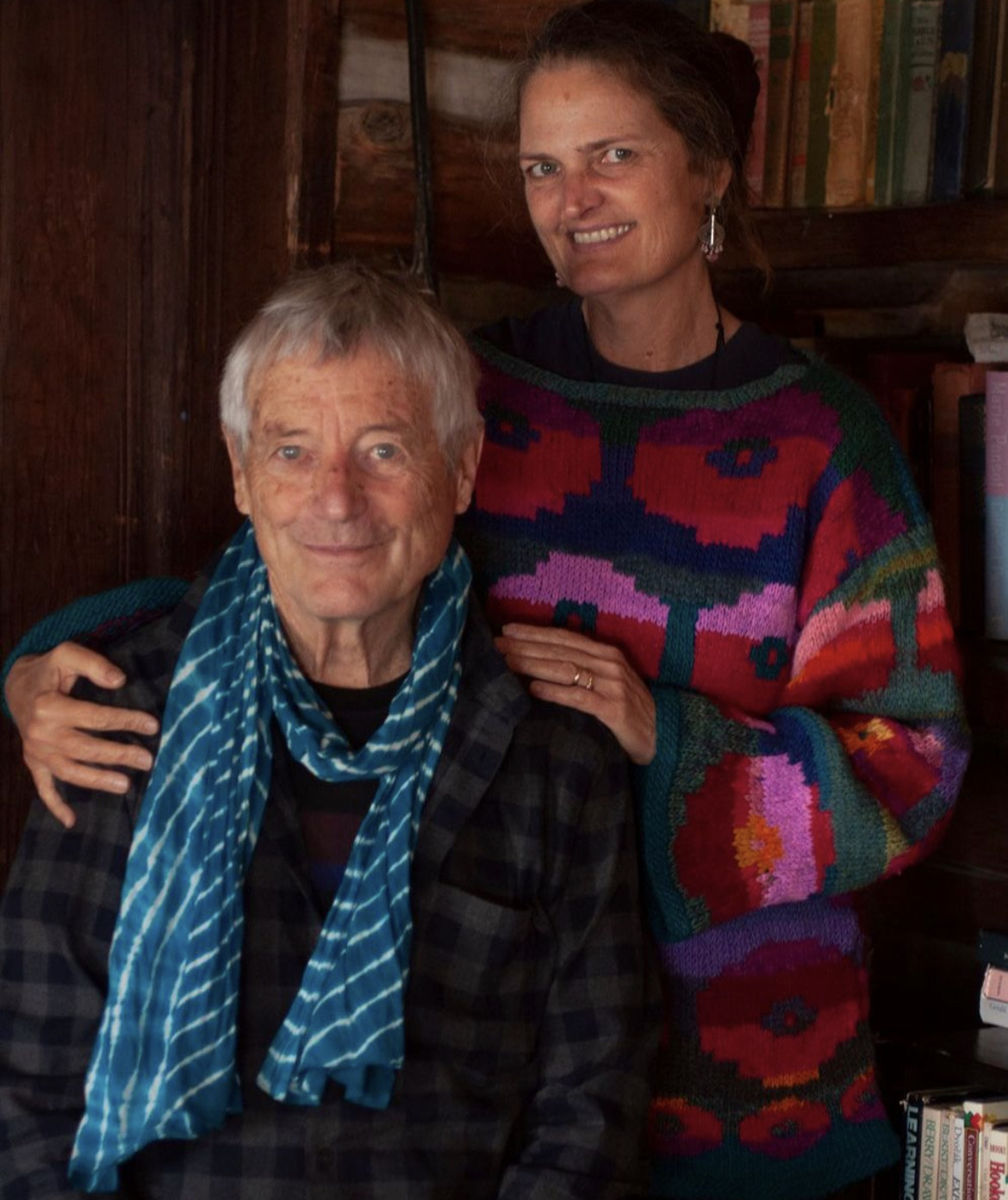
Erin caption: Me with my sweater with my uncle Kaffe Fassett, textile designer. The sweater is inspired by one of his patterns and made from scrap yarn from my mother’s stash
